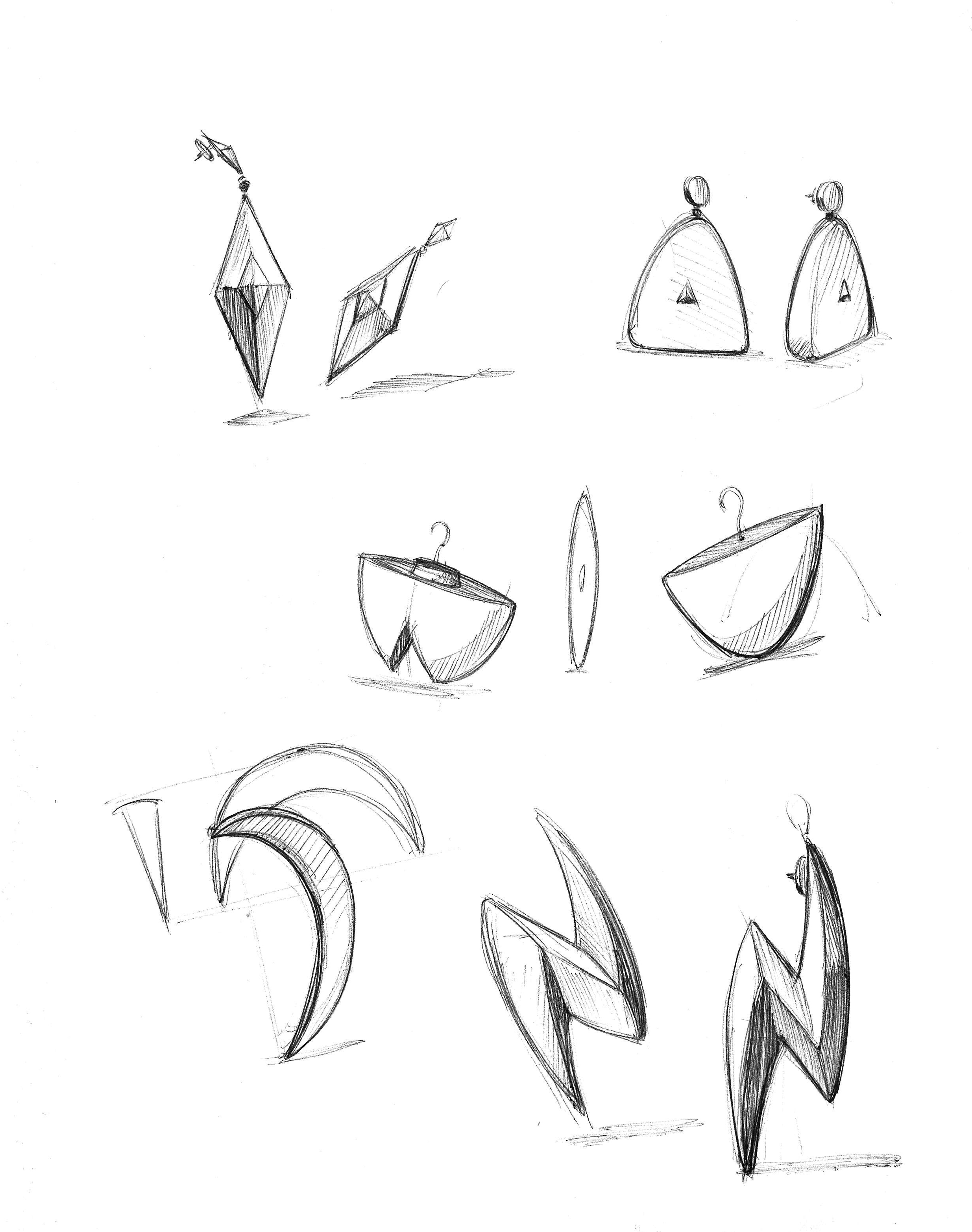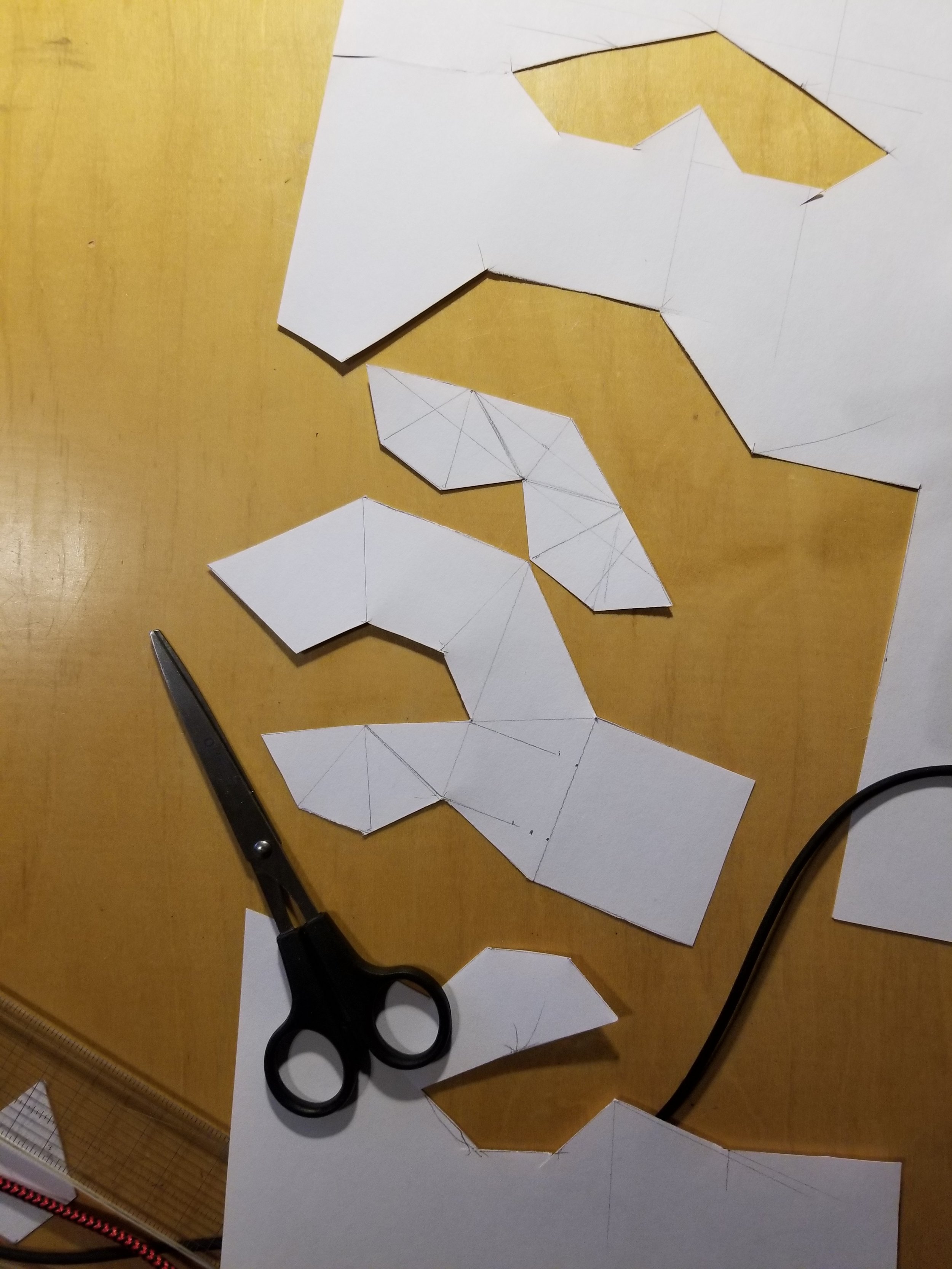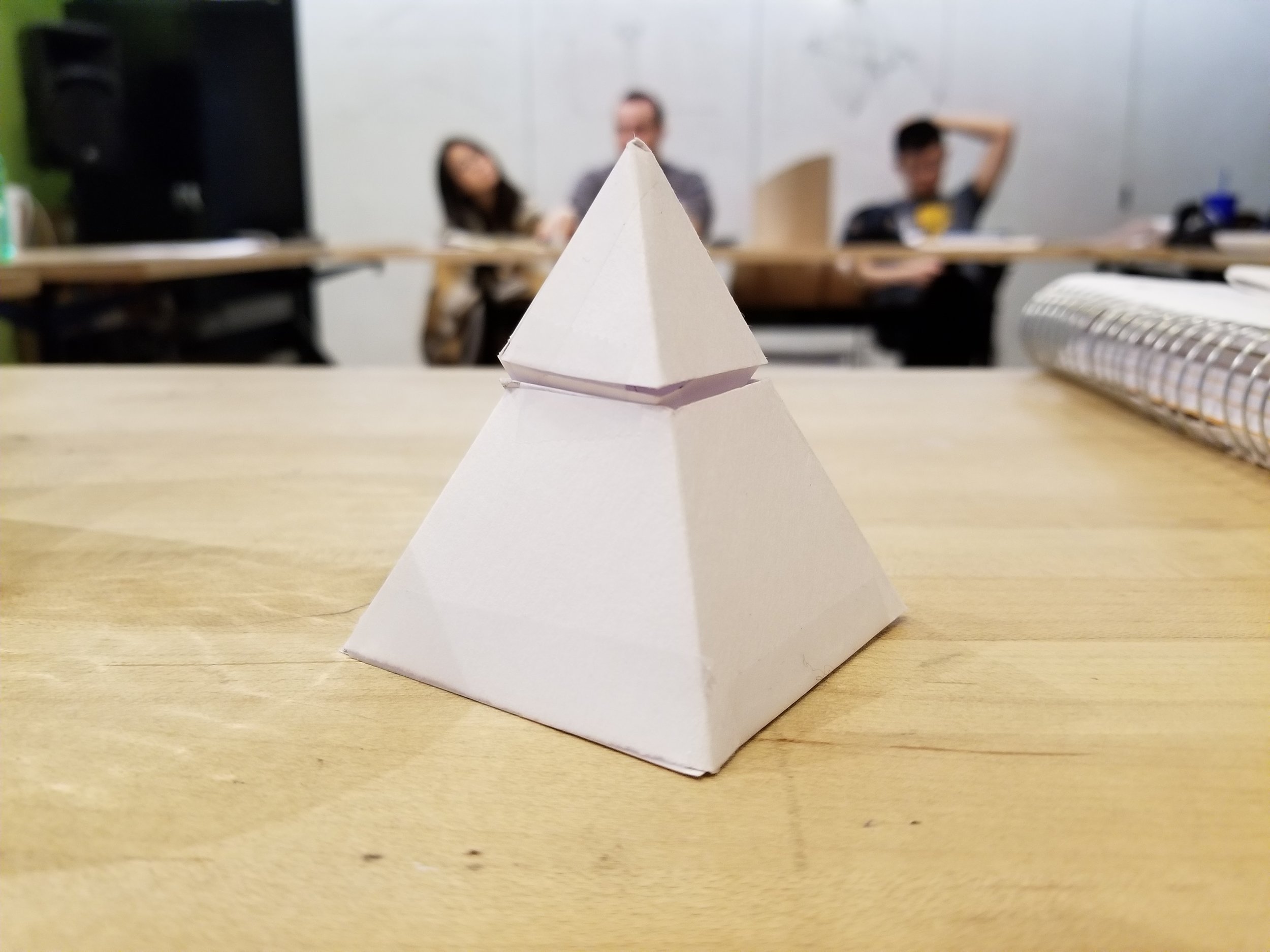A smarter kind of elder care
Jade is a wearable device designed to help the elderly remain independent for longer. When Jade notices a worrisome deviation from its wearer’s routine, the pendant vibrates to indicate that it’s concerned. Users can squeeze the pendant to let Jade know that everything is fine — but if they don’t, help will soon be on the way.
Problem
The elderly are the world's fastest growing demographic. The number of people in the United States aged 65+ is expected to almost double by 2050, jumping from 43.1 million in 2012 (13.7% of the population) to a projected 83.7 million (20.9%.)1 And globally, the shift will be even more dramatic, with the elderly population expected to swell from 617 million in 2015 to 1.6 billion in 2050 — an increase from 8.5% to 17% of the world population. Thanks to both improved medical science and better access to lifelong preventative care, people are living longer: the global average lifespan is expected to jump from 68.6 years in 2015 to 76.2 in 2050.2
So what will happen when the elderly make up almost a fifth of the world’s population? The newly elderly may find themselves frustrated by a society that expects them to be feebler or less sharp than they really are. Adult children who remember the physical and mental deterioration of their grandparents are likely to worry about their now-elderly parents living on their own. For elderly parents who enjoy their independence, but still want to allay their children’s worries, is there an acceptable compromise?
Solution
For the first two weeks, the pendant gathers audio and GPS data to build a model of the wearer's routine. Once the model is created, the wearer labels the important sounds and locations in their life to train the algorithm. But no one's life is perfectly repetitive — so Jade is constantly updating its model based on its latest observations.
When Jade detects a worrisome deviation from the routine — perhaps the wearer has been silent and stationary in an unusual place for a while — the pendant vibrates noisily to express its concern. If the user is fine, they can simply squeeze the pendant to silence it. But if they are unable to respond, help will soon be on the way.
Jade is a hardware fix for retirees who want to remain independent and active while putting their fretful family at ease. It comes as a set of two smart objects: a wearable pendant for outside the house, and a charging stand to hold the pendant when they're home. The pendant's microphone and GPS sensors, constantly listen to the wearer’s environment and monitor their whereabouts. (While this may sound potentially insidious, the Jade team never sells user data to third parties, deletes it routinely, and uses blockchain encryption to protect data that’s in use.) Jade uses this information to build a model of the wearer’s typical routine — where they go, how long they spend there, who they talk to, and how their voices sound — using a mixture of natural language processing and other deep learning AI techniques. If Jade senses a worrisome deviation from that routine (such as angry and distressed voices, or stationary silence in an unusual location), the pendant vibrates noisily with increasing intensity to express its concern to the wearer. If the wearer is fine, they can simply squeeze the pendant to stop the vibrations and reassure Jade that they’re alright. But if the wearer is unable to respond to the pendant’s vibrations within two minutes, Jade will alert their emergency contacts with a call and geotagged text messages.
Besides charging the pendant’s sensors and decreasing the likelihood of loss, the stand serves a third purpose: sonar sight. While the location information provided by the GPS can track the whereabouts of Jade users outside the home, a much more refined view is required for identifying when the user falls or has an accident within the home. By bouncing inaudible sound waves into the home and listening for the return patterns, Jade builds a 3D model of the home’s interior — just like a bat uses echolocation to hunt in the dark — and can detect when the owner is in a worrisome position, like lying on the bathroom floor.
Jade’s key competitive differentiation is its incorporation of intelligent automation in the process of calling for help. All of Life Alert’s products require the user to click a button and speak to a representative in the event of an emergency. But what if the user loses consciousness, and can’t perform this critical step to save themselves? And while there are a few competing products that use an accelerometer to automatically report a fall, they’re prone to false alarms when the wearer makes a sudden movement or simply lies down to sleep. Only Jade’s AI-informed model of the wearer’s routine offers a reliable means of providing automatic alerts.
Jade owners will mostly use the companion app to label Jade's model of their routine and manage who gets alerts in an emergency. But they can also use it to view the data that Jade has collected or change the haptic control preferences (if squeezing the pendant is difficult for their hands).
Process
The conception and refinement of Jade’s final shape was iteration-intensive, the early stages involving repeated oscillation between two- and three-dimensional sketching. The goal of my 3D design process was to develop a pleasing, aspirational aesthetic language — so users wouldn't be embarrassed to wear the pendant as jewelry or mind setting the stand on display in their home. But the pendant also needed to be sturdy enough to withstand the bludgeoning of daily wear, so the form would have to be self-contained and not overly ornate.
The brand identity is a reference to the stone, which is said to encourage peacefulness, relieve anxiety, and enhance good luck. The name is intended to convey an air of sophistication, rather than the clunky utilitarianism of a title like “Life Alert.” Inspiration for the exact shade of seafoam green was drawn from the classic cars of the 1950s and ‘60s, which embody the timeless cool of Jade’s target user.
~ ~ ~
Jade was developed as part of my master's thesis, Me, Myself & A.I.: How I Learned to Love the Machine That Took my Job. You can watch my thesis video, read my thesis book, and see my other thesis projects here.




























